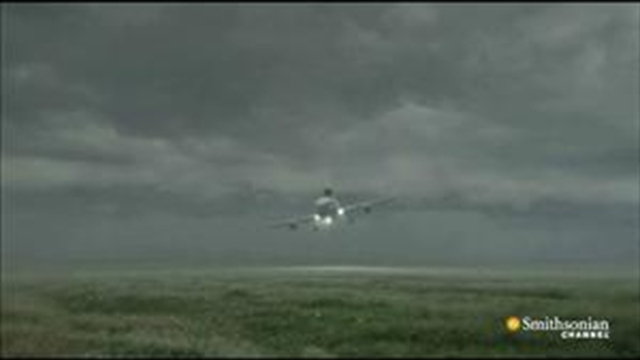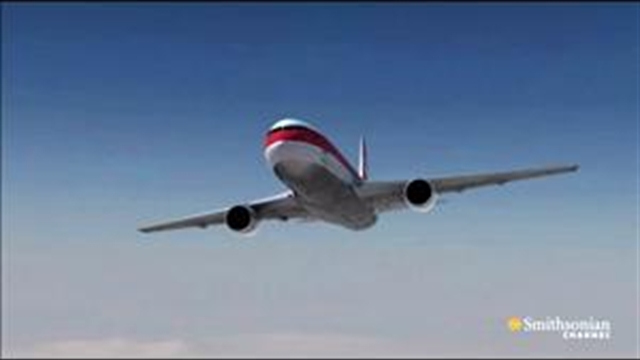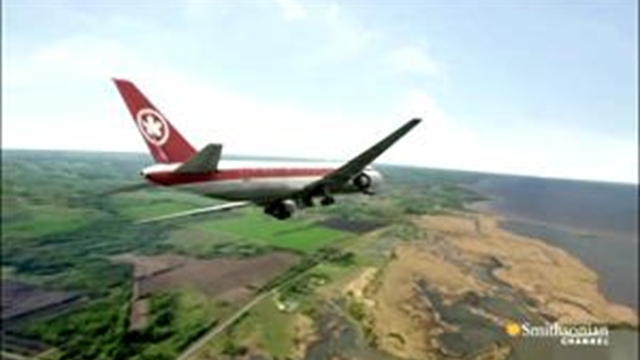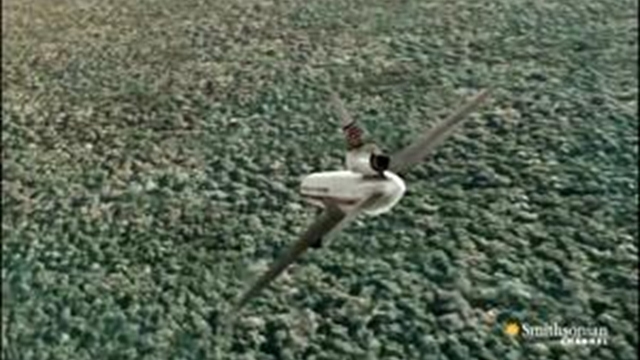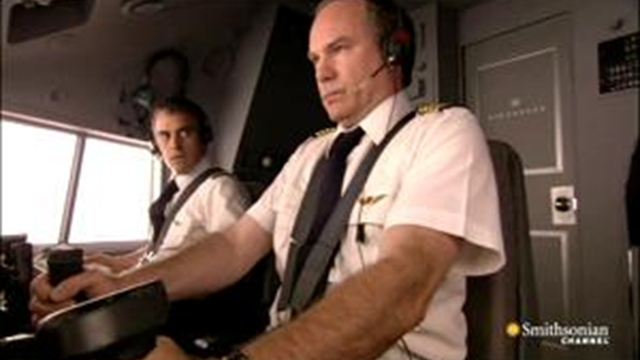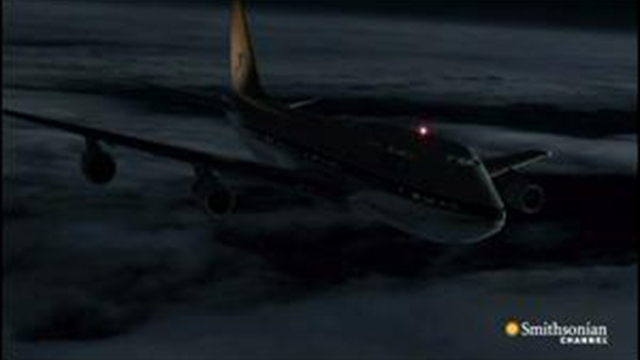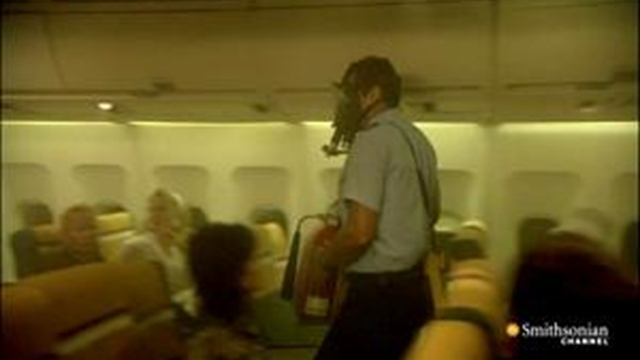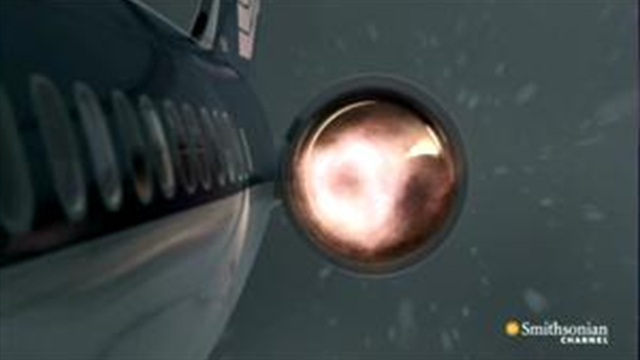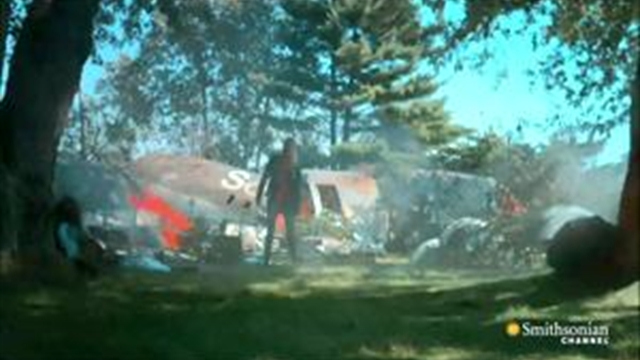- 3 years ago
- 31
- US Only
- Subscribe

Air Disasters
It's called a microburst, but the havoc it wreaked on Delta Airlines Flight 191 was anything but minuscule.
- Full Episodes
- Clips
- 1
- 2
-
Air Disasters - Invisible Killer: Sneak Peek
It's called a microburst, but the havoc it wreaked on Delta Airlines Flight 191 was anything but minuscule.
- 05/15/2011
- 842
- TVCOM
-
Air Disasters - Sneak Peek
Our worst nightmares in the sky, triggered by mechanical failure or human error, faced with heroism and ingenuity, and ended in triumph or tragedy.
- 05/15/2011
- 772
- TVCOM
-
Air Disasters - Gimli Glider: Sneak Peek
Out of fuel. Out of options. And running out of time.
- 05/22/2011
- 1374
- CBS
-
Air Disasters - An Avoidable Disaster
Discover the explosive truth behind a design flaw that caused not one but two midair disasters, one with deadly results.
- 05/29/2011
- 618
- CBS
-
Air Disasters - Behind Closed Doors: Sneak Peek
It's one of the most alarming disasters in the history of aviation, not just because of the crash, but because of why it happened.
- 05/29/2011
- 861
- CBS
-
Air Disasters - Saved by Nerves of Steel
Relive the incredible story of a pilot forced to glide an engineless 767 to safety, from more than 26,000 feet in the air.
- 05/22/2011
- 1407
- CBS
-
Air Disasters - Sinister Plot or Technical Glitch
The sudden and dramatic demise of South African Airways Flight 295 encourages theories suggest that something sinister brought the plane crashing down to Earth.
- 06/05/2011
- 800
- CBS
-
Air Disasters - Fanning the Flames: Sneak Peek
The only way to save its passengers from the toxic smoke was to open the plane doors, 15,000 feet above the earth.
- 06/05/2011
- 1304
- CBS
-
Air Disasters - A Cracked Windshield and Two Engines Down
See how a monster storm plus a series of miscues and coincidences combined to bring down Southern Airways Flight 242.
- 06/26/2011
- 604
- CBS
-
Air Disasters - Southern Storm: Sneak Peek
Torrential rain. Baseball-sized hail. Why did Flight 242 enter this severe storm, and what caused its engines to fail?
- 06/26/2011
- 763
- CBS
- 1
- 2
